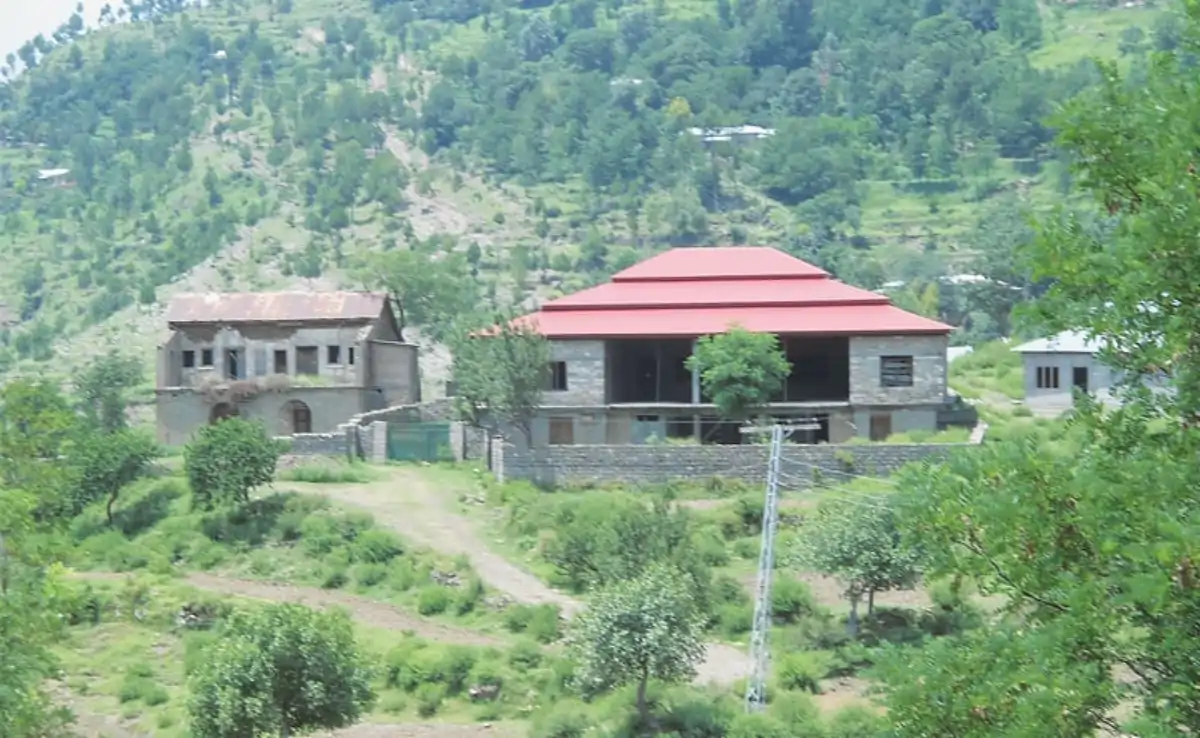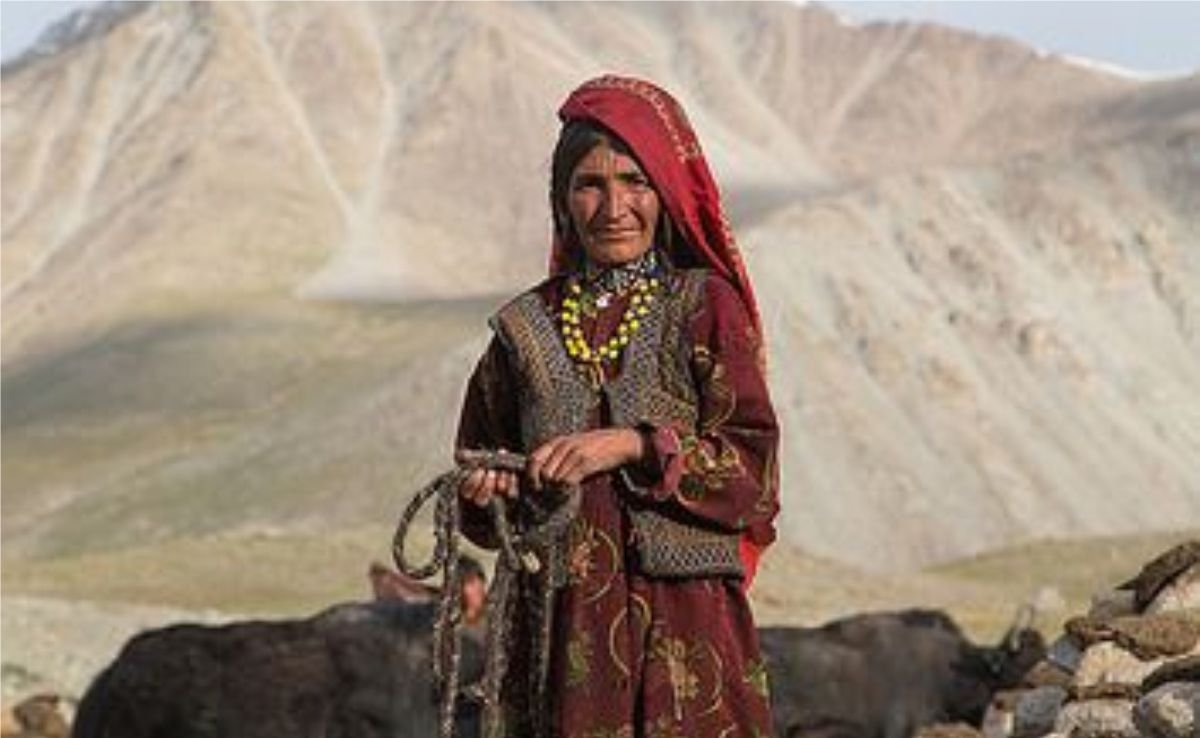
Kashmiri Architecture: A Fusion of History and Craftsmanship
Kashmiri architecture is a beautiful blend of history and art, with each building showcasing cultural influences and skilled craftsmanship. From intricately designed wooden houses to grand Mughal forts, the region
Kashmiri Architecture, known for its shocking scenes and rich social legacy, is likewise home to an entrancing building heritage. The designs in this locale are not simply structures — they are residing articulations of the past, where history and magnificence meet up flawlessly. From complicatedly cut wooden homes to superb fortresses and mosques, Kashmiri’s design reflects hundreds of years of social trade, gifted craftsmanship, and ecological variation.
The Unique Charm of Kashmiri Architecture
Kashmiri Engineering stands apart for its unmistakable utilization of materials and amicable plan. The district’s unique environment and rocky landscape shape how people construct homes and buildings. Traditional Kashmiri homes, known as kutirs (or bungalows), often use wood, stone, and bricks. These homes feature wooden beams, sloping rooftops designed to handle heavy snowfall, and intricate wooden carvings that add an elaborate yet functional beauty.
One of the most famous highlights of Kashmiri design is the Khatamband — mind-boggling wooden lattice work that decorates roofs, windows, and walls. Craftsmen often supplement this delicate craftsmanship with hand-painted themes, depicting flowers, birds, and geometric patterns. The latticework isn’t simply embellishing; it’s additionally practical, permitting normal light to flood the insides while giving ventilation during warm mid-year months.
Another defining feature of traditional Kashmiri architecture is the use of courtyards. People often arrange homes around open spaces, creating a natural flow of air and light, while offering a peaceful area to enjoy nature. These courtyards often include small gardens, reflecting the region’s love for greenery and tranquil surroundings.
Iconic Structures of Kashmiri Architecture
Azad Kashmir is home to numerous architectural masterpieces, each telling the story of its rich and diverse history. The blend of local and foreign influences has left a mark on everything from religious shrines to royal forts.
Mughal Forts
The Mughal Empire, noted for its magnificence and architectural brilliance, had a lasting influence on the region. The Red Fort in Muzaffarabad is an excellent example of Mughal influence in Azad Kashmir. Overlooking the confluence of the Jhelum and Neelum rivers, this magnificent monument combines Persian and Mughal design elements, with powerful walls, spacious courtyards, and gorgeous gardens reminiscent of Mughal-era architectural glory.
Mosques and Shrines
Kashmiri architecture also boasts stunning religious structures, such as the Jamia Masjid in Rawalakot. Built in the Mughal style, this mosque features large courtyards, intricately designed prayer halls, and tall minarets that reach for the sky. The shrines of revered Sufi saints, including the Shrine of Pir Chinasi and the Shrine of Syed Shah Wilayat, are not only spiritual landmarks but also architectural gems, showcasing large domes, courtyards, and colorful tile work that adds a sense of sacred beauty to the region’s architectural landscape.
Heritage Buildings
In addition to forts and mosques, Azad Kashmir is dotted with smaller yet equally significant heritage buildings. These include traditional homes, community centers, and marketplaces, each reflecting the intricate craftsmanship that is central to Kashmiri design. The wooden exteriors of these buildings are often adorned with detailed carvings, showcasing Kashmiri artisans’ exceptional skill.
Kashmiri Architecture Features Unique to Azad Kashmir
The topography and climate of Azad Kashmir have played a pivotal role in shaping its architectural features. The steep slopes, heavy snowfall, and frequent rainfall of the region have led to designs that are both practical and beautiful.
Sloping Roofs and Elevations
Traditional Kashmiri houses are characterized by sloping roofs designed to prevent the accumulation of snow, which can add significant weight to structures. These roofs are usually covered with wooden shingles or tiles, creating a sturdy, weather-resistant design. Many homes are built on elevated platforms to protect them from flooding caused by snowmelt and heavy rains, ensuring their durability through Kashmir’s harsh winters.

Intricate Wooden Carvings
Wooden carvings are perhaps the most distinctive feature of Kashmiri architecture. The use of deodar wood, known for its durability and resistance to pests, is widespread. The intricate carvings often depict floral patterns, geometric shapes, and elements of nature. The Khatamband latticework, used in ceilings and windows, allows light and air to circulate while adding a sense of elegance to the interior.
Courtyards and Gardens
Courtyards are an essential aspect of Kashmiri homes, offering a space where family members can relax and socialize. These outdoor spaces often feature gardens filled with local plants, creating a peaceful atmosphere. In many larger homes and heritage buildings, small water features like fountains enhance the tranquility of the environment.
Use of Local Materials
The utilization of locally obtained materials is another distinguishing feature of Kashmiri architecture. Wood, stone, and brick are widely utilized in construction to ensure that buildings are climate-appropriate. The use of natural materials also reflects the region’s long tradition of sustainable building techniques.
Kashmiri Architecture: The Influence of Various Dynasties
Over the centuries, several dynasties have ruled Kashmir, and each has left its mark on the region’s architectural heritage.
The Hindu Shahi Period
The earliest influences on Kashmiri architecture date back to the Hindu Shahi dynasty, which ruled Kashmir between the 7th and 11th centuries. During this time, beautiful Hindu temples were built, with intricate stone carvings and architectural elements that laid the foundation for future architectural styles in the region.
The Mughal Empire
The Mughal Empire’s influence on Kashmiri architecture is perhaps the most notable. The Mughals introduced Persian-inspired gardens, symmetrical layouts, and water features to the region’s forts and mosques. They also popularized the use of marble and intricate tile work, which are now signature elements of Kashmiri design.
The Dogra Dynasty
The 19th-century Dogra rulers of Kashmir left a remarkable architectural legacy, blending traditional Kashmiri craftsmanship with Indian design elements. Their era saw the rise of grand palaces and imposing fortifications, constructed with local materials like intricate brickwork. These structures, exemplified by the palaces of Muzaffarabad, seamlessly combined elegance and functionality, showcasing a unique fusion of artistry and practicality.
Efforts to Preserve Kashmiri Architecture
As development continues to sweep across the region, preserving Kashmir’s architectural heritage has become increasingly important. The government of Azad Kashmir, alongside local communities and cultural organizations, is working hard to safeguard the region’s historical structures.
Government Initiatives for Preserving Kashmiri Architecture
The government has taken several steps to protect and restore key heritage sites, such as the Red Fort in Muzaffarabad, which has undergone extensive restoration efforts. These initiatives aim to maintain the structural integrity of important buildings while ensuring that they are preserved for future generations.

Community Involvement in Kashmiri Architecture
Local artisans play a key role in preserving Kashmiri architecture. Skilled carpenters and woodworkers continue to pass down their intricate craftsmanship through generations, making it an important part of the region’s building traditions. Community efforts to maintain these skills and protect heritage buildings are crucial in preserving the unique architectural legacy of the region.
Cultural Organizations and NGOs
Various cultural organizations and NGOs are working tirelessly to document and preserve the architectural heritage of Kashmir. These groups raise awareness about the importance of heritage conservation and advocate for policies that protect historical sites from natural disasters and urban development.
A Legacy of Beauty and Craftsmanship
Kashmiri architecture is a beautiful fusion of history, culture, and craftsmanship. The region’s distinctive buildings—ranging from traditional homes with intricate wooden carvings to grand Mughal forts—are a testament to the artistic and architectural excellence that has flourished in Kashmir over the centuries.
For visitors to Kashmir Azad Jammu and Kashmir, exploring the region’s architecture offers a unique window into its rich past and vibrant culture. As these architectural gems continue to inspire and awe, they stand as symbols of the region’s resilience, beauty, and commitment to preserving its heritage.








